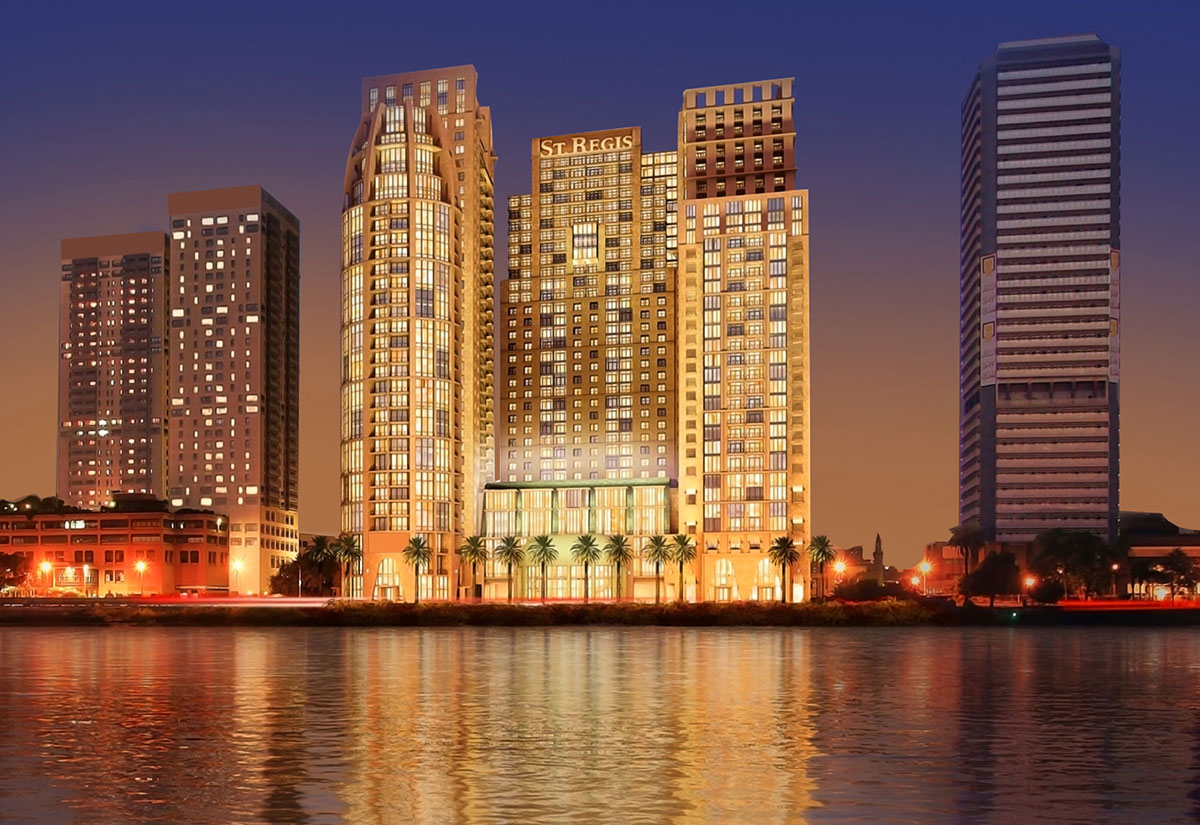Based on STR data, the GCC is expecting an additional 58,000 keys entering into the market in 2019 with Dubai, Makkah and Riyadh facing the highest increases in supply. In certain markets, this will either tip the balance to an oversupply situation, or in cases such as Dubai, further push the equation to a supply driven market.
In light of this and according to Christopher Hewett, director of tri Consulting, and Christopher Lund, Colliers International MENA head of hospitality, stronger competition is a key challenge for hoteliers, with performance levels continuing to soften in 2019, which is in contrast to the upward trend in performance of global markets. That said, Hewett pointed out that STR foresees that global market could be entering into a period of performance stagnation during the next 12-18 months, followed by downward performance as the projected global economic market cools.
“Some of the key challenges hoteliers will face is stronger competition, changing source markets and operational efficiency,” said Hewett, adding that hoteliers need to avoid any reactionary view on daily changes within the market but rather need to have robust strategies on how to respond to the strong increases in supply and ensure the focus is on their targets.”
This is echoed by Lund who said 2019 is expected to remain a challenging environment for hoteliers for the most part in the MENA. “Operators and owners are expected to remain cautious, and look to further enhance cost saving measures in an effort to remain competitive.”

| Advertisement |
However, Lund predicts a more positive outlook in the medium- to long-term due to the government tourism initiatives being implemented across the region such as Vision 2030 in Saudi Arabia, which, according to Hotelier ‘pipeline figures for 2019 and beyond’ is indicative of the more than 10,000 new keys expected in Saudi Arabia.
“Dubai’s Tourism Vision 2020 is also an important strategy for hoteliers as it provides guidance and insights on how the city’s tourism sector will grow and evolve in the coming years,” Hewett said. The new targets of 21-23 million visitors by 2022 and 25 million by 2025, it was well received in the market as it provides greater clarity on the governments goals after the Expo 2020 event. “With the strong pipeline of properties expected to open prior to the event, there were concerns on how the market would perform post Expo and what extent, if any, would performance levels be impacted,” he added.
According to Lund, the Dubai market has seen a relatively stable occupancy percentage over the past number of years, despite the strong influx of supply. “Attracting demand for the Dubai market does not seem to be an issue. However, we are seeing the rise of more price sensitive consumers, so pressure on rates seems to be a key focus for hoteliers at present.”
He also pointed out that the Saudi Arabian market has its sights firmly set on domestic leisure tourism, which he says the country is strongly targeting in terms of growth, opening up visitation to international leisure guests and increasing religious travel. Lund put this down to the fact that “regionally, lower oil prices have affected corporate demand, putting pressure on many markets across the country,” he said.
One market to watch is Egypt, where Lund says there are renewed efforts by the Egyptian Tourism Ministry to strongly market and diversify the offering, as well as targeting new source markets. “It is showing fruition, illustrated by the surge in tourism demand in the country,’ said Lund. The more established tourism market of the UAE has witnessed an increase in more affordable accommodation options, focused in the mid-market sector. “This is a trend expected to continue in the coming years and will be a key focus for development opportunities,” he said.
In the short term, however, markets more dependent on leisure tourism are facing challenges from changing source markets, according to Hewett.
He said that this is impacting spending power, consumption choices and the overall length of stay. “Hoteliers will need to analyse their market segmentation and develop strategies to ensure that they are able to maintain an appropriate balance between occupancy and average rates in order to prevent further weakening of performance,” he said.
One trend that Lund says is causing ripples across the region is the increase in the popularity of hotel branded residences.
“The MENA, particularly the UAE and Saudi Arabia, have witnessed an increase in supply and future supply of this type of product,” said Lund, who likened the trend to that of more developed markets such as in North America, where he says the concept is very well established.









 Search our database of more than 2,700 industry companies
Search our database of more than 2,700 industry companies









